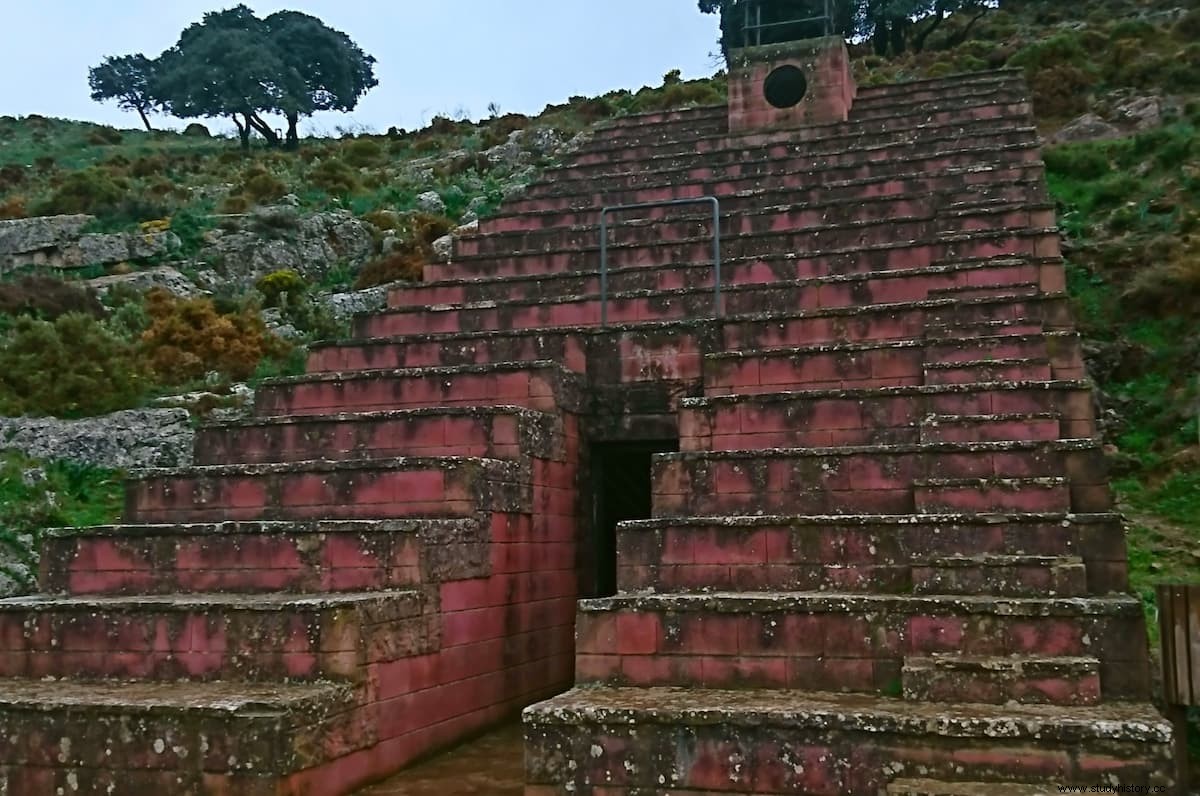The origin and date of appearance of prehistoric cave art are the subject of continuous debate. The Cueva de Ardales (in Malaga, Spain) is a point of contention. There a flowing stone formation is tinted red in places.
This coloration is apparently almost 65,000 years old, but until now part of the scientific community attributed it to a natural layer of iron oxide deposited by flowing water.
However, this hypothesis has just been rejected by the conclusions of an international team of scientists, including a CNRS researcher. Team members analyzed red residue samples collected on the surface of the fluid stone and compared them to iron oxide-rich deposits in the cave.
They concluded that the ocher-based pigment was intentionally applied, that is, painted on, by Neanderthals, since modern humans had not yet made their appearance on the European continent, and that, more importantly, it had probably been brought into the cave from an outside source.

In addition, variations in the composition of the pigments were detected between the samples, corresponding to different dates of application, sometimes many thousands of years apart.
Thus, it appears that many generations of Neanderthals visited this cave and colored the panels of the large flowing stone formation with red ochre. This behavior indicates a motivation to return to the cave and symbolically mark the place, and testifies to the transmission of a tradition through the generations.
An article published in 2018 already attributed the paintings to Neanderthals, but now that award is confirmed.
The Ardales cave was found in 1821 after an earthquake that exposed the current entrance. But it would be in 1918 when the famous prehistorian Henri Breuil visited it in the company of Miguel Such and recorded Paleolithic paintings and engravings there for the first time.
Among the pictorial motifs it contains there are paintings of hands, hinds, horses, goats, bulls, fish, waterfowl and snakes, female human representations and abstract signs.
The cave can be visited with a guide and a restriction of 15 people per day.
